‘The art of making yourself heard’: The Pakistani guests taking on India’s right-wing TV anchors on their own turf
While fending off wild accusations about spy pigeons and terrorist locusts, Pakistani panellists are finally being heard without resorting to a shouting match, writes Raza Hamdani

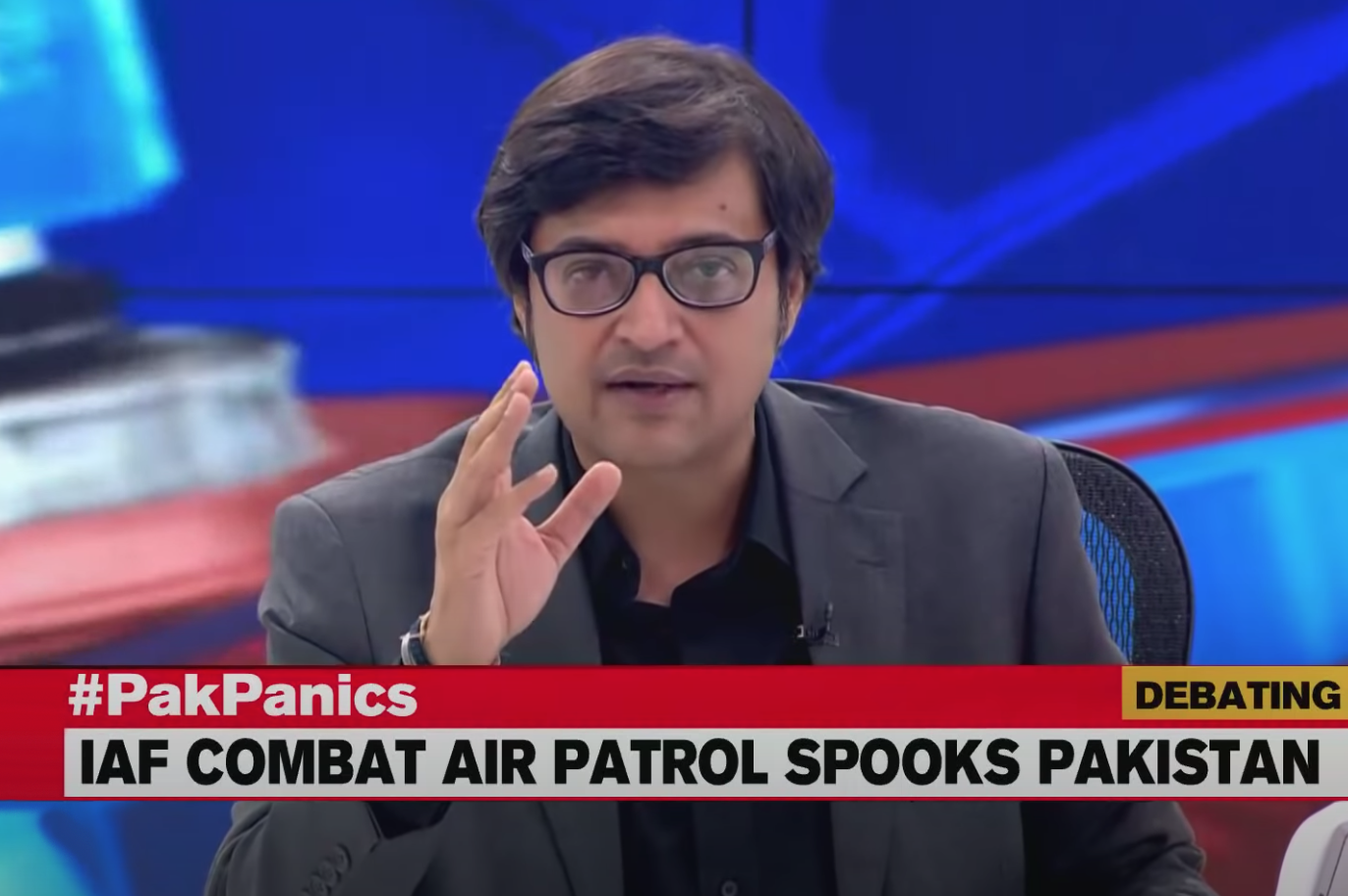
Pakistan is now sending locusts to India as terrorists. Your corrupt country, Pakistan, does not have terrorists any more. We have taken care of them all. So Pakistan is now sending locusts as terrorists and sending them to India. Is the locust attack part of Pakistan’s new conspiracy?”
This not an excerpt from a dystopian novel, but a statement made by India’s controversial talk show host Arnab Goswami during his programme on Republic TV. But this is far from the first time anchors and newsreaders have gone to great lengths to blame Pakistan for India’s woes.
Recently, an anchor was explaining the latest updates in the India-China standoff in Ladakh under the headline “PLA War Model”. But instead of reading PLA as the People’s Liberation Army of China, she instead said “Pakistan Liberation Army”. In another incident, a pigeon that flew from a Pakistani village 4km away from the border with India was “detained” by Indian police on the grounds that it could be a Pakistani spy. One Indian TV channel later commented: “Even when Pakistan is in the grip of coronavirus, it is infiltrating militants and now spy pigeons.”
Asad Rahim Khan, an advocate, columnist and co-host of a current affairs programme on Pakistan’s 24-hour Urdu news channel Dawn TV, says that because of his experiences he is no longer interested in appearing on Indian talk shows. When he was invited onto Goswami’s programme to speak about the expulsion of two Pakistani officials from an embassy in Delhi, in a tit-for-tat spy dispute between the two countries, he turned down the invitation and, not too politely, tweeted: “Thank you for your invitation. If I wanted to hear a fascist lunatic scream for war for an hour, I would listen to Joseph Goebbels’ old speeches. For the sake of peace between our two countries, may your channel die a quick death.”
But what about those who do? Ather Kazmi, a former BBC Urdu journalist, regularly appears on Major Gaurav Arya’s Republic TV programme and has also made a few appearances on the Goswami show. He believes Pakistan needs its journalists on these “Modi Media” channels to offer a counter-narrative.
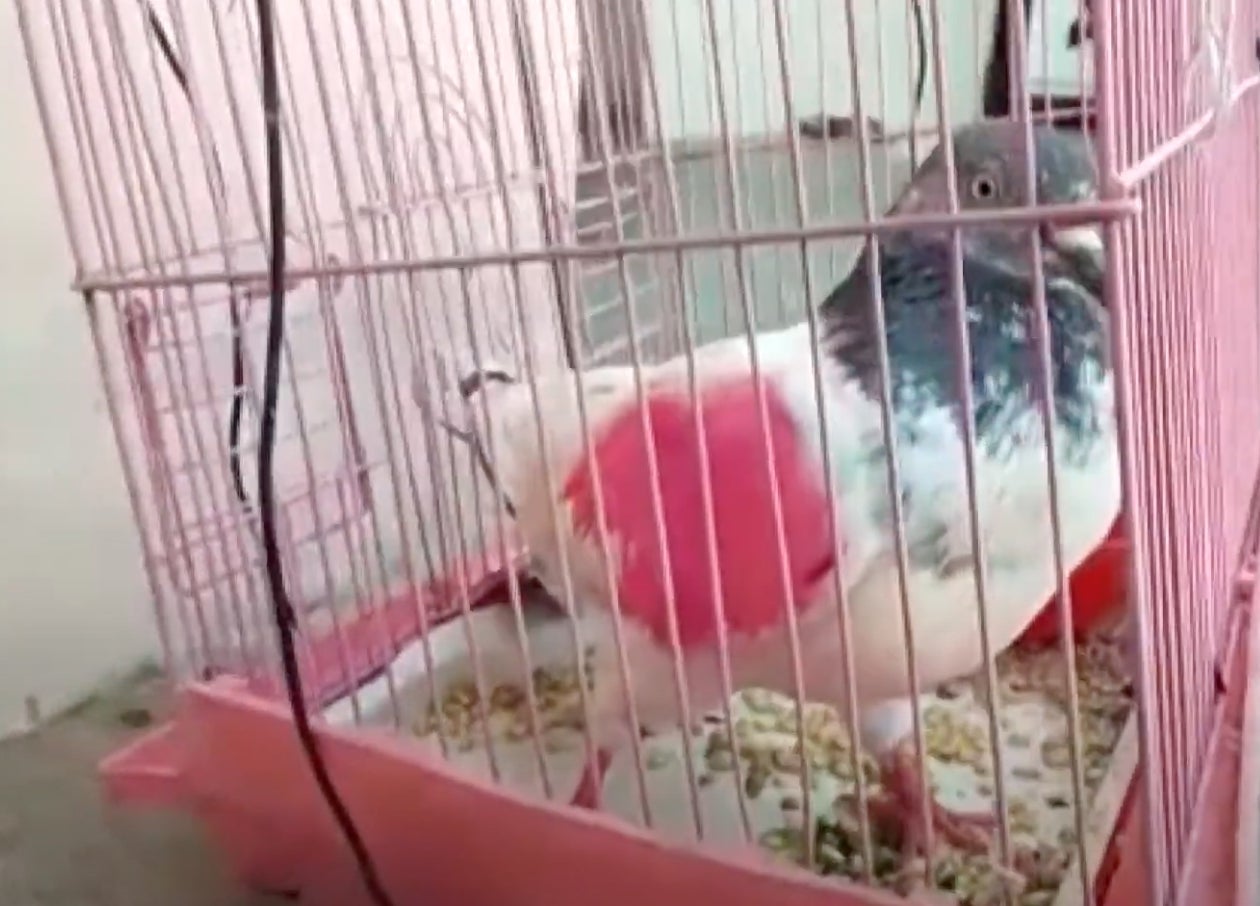
“Yes, hardly any time is given to Pakistani panellists, and even when they’re given time other Indian panellists or the anchor keep interrupting,” he tells me. “But why leave the field open for them to say whatever they like? At least whenever and how little time I get to speak, I am sure I succeed in putting my point across quite successfully.”
Raja Faisal, another Pakistani journalist, says he focuses his energies on Goswami’s programme. Given how little time Pakistani journalists are given to speak in the Indian media, Faisal says the only way it can be done is by interrupting. “In the beginning, I used to keep quiet and wait for my turn, which never came,” he says. “So after a few programmes I learnt the art of how to get yourself heard.”
He says it’s important to have a Pakistani voice on Indian channels, adding that while anchors often raise Pakistan’s silence over China’s treatment of Uighurs, they fail to mention India’s silence on the military standoff with China, the treatment of Muslims in India and the situation in Kashmir. “I raised the issue of the India-China standoff in the programme, though the question was about something else. This is the way to raise thorny issues and this irritates them.”
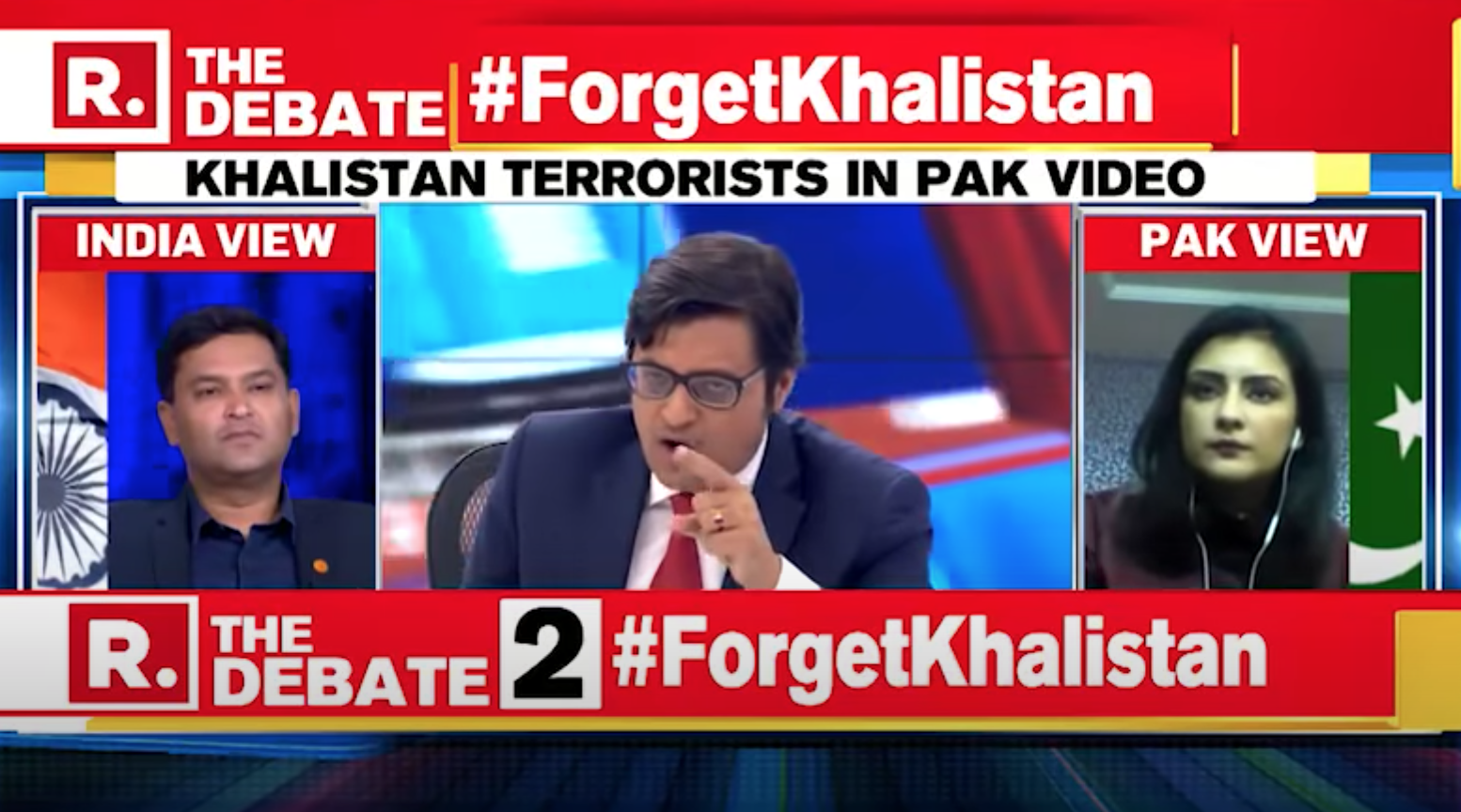
Another journalist, Mona Alam, who hosts a current affairs programme on state-run Pakistani TV channel PTV, says there is no doubt the anchors and, more often than not, Indian panellists are also loud. Recalling an incident where she lost her temper, she says: “The anchor was loud and kept saying I was Pakistan intelligence agency, ‘ISI ki toti’ (ISI’s parrot). When he called me that, a couple of times in one breath, I reacted and started calling him Indian intelligence agency, ‘RAW kay khotay’ (Research and Analytic Wing’s donkey). Since that day, the anchor behaves with me.”
In the beginning, I used to keep quiet and wait for my turn, which never came. So after a few programmes I learnt the art of how to get yourself heard
Alam believes there are a number of reasons why anchors react differently to different Pakistani panellists. “One is whether the guest from Pakistan is a journalist or not. There are a few who are not journalists but appear on Indian programmes and thus they are treated accordingly. Second, and the more important one, is whether a journalist from Pakistan is invited by the channel or one who asks the channel for the invitation. And so the Indian programme hosts get derogatory with them.”
On Major Gaurav Arya’s programme, an Indian panellist claimed that Pakistan’s prime minister smoked weed. Arya scolded him, but said: “As you know I don’t like personal comments and you said the Pakistani premier smokes weed when you know that he snorts cocaine.”
Kazmi says gaslighting guests like this is an old technique, and one he doesn’t fall for. He says he always keeps his cool. “On this remark, all I said was that this was how you have been brought up. And conveyed my displeasure over derogatory remarks against Imran Khan,” he tells me. “I do not lose my temper. So, when Indian journalists are screaming their lungs out and being derogatory and passing personal remarks, I keep my cool and focus on putting my point across in what little time I get.”
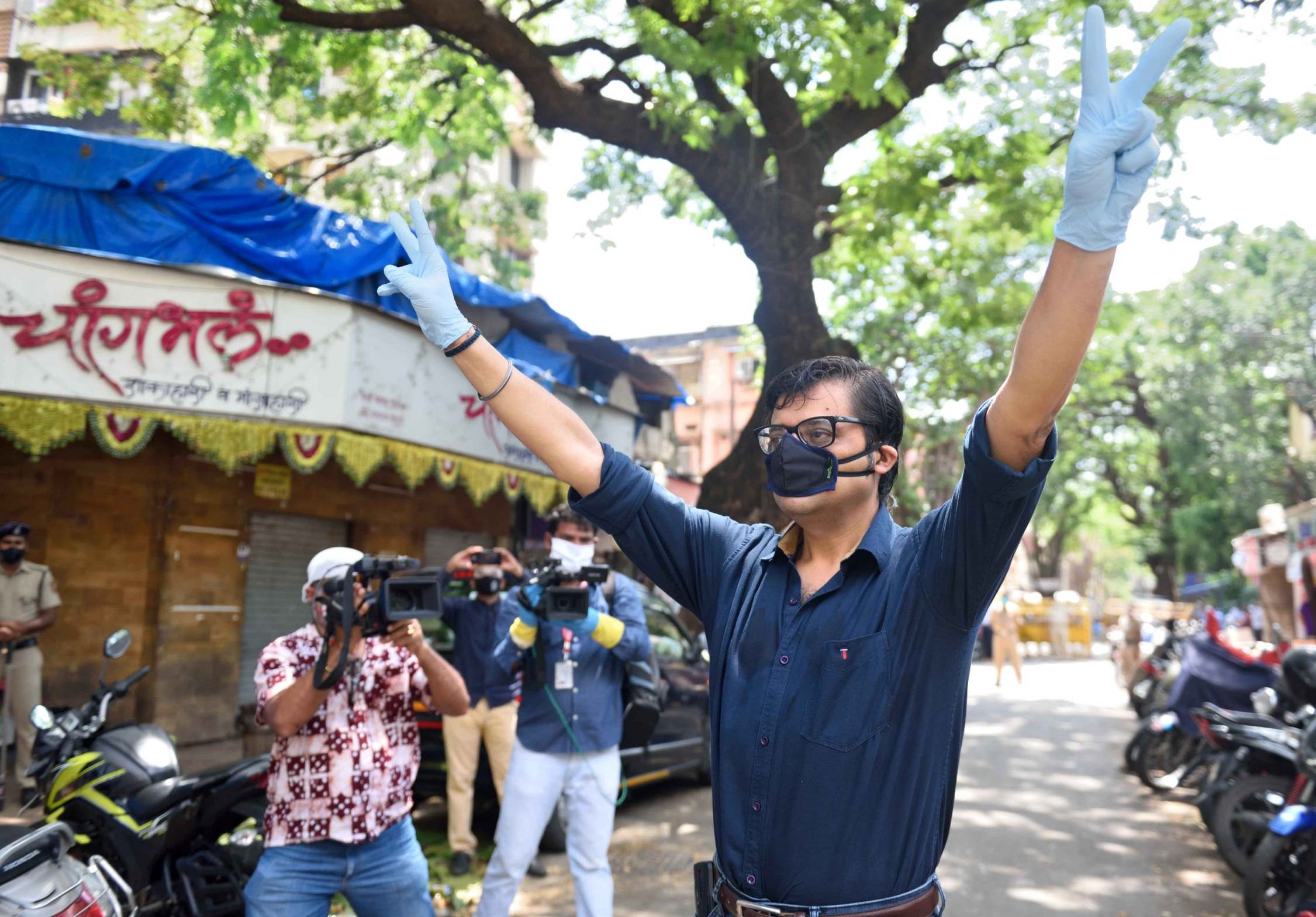
He says that he uses sarcasm to get back at loud Indian anchors. On one programme he appeared on, when the anchor started shouting at the top her voice, he simply smiled and said: “I am worried about your health. You should not be shouting so much.” She smiled back and lowered her voice, he says.
According to Kazmi, on several occasions the programme producer would encourage him to also raise his voice. But he always refused. “Now, [anchors] have also realised that I will not scream or yell so they also keep their voice comparatively normal as compared to earlier programmes or what tone and level of voice they use with other Pakistani panellists.”
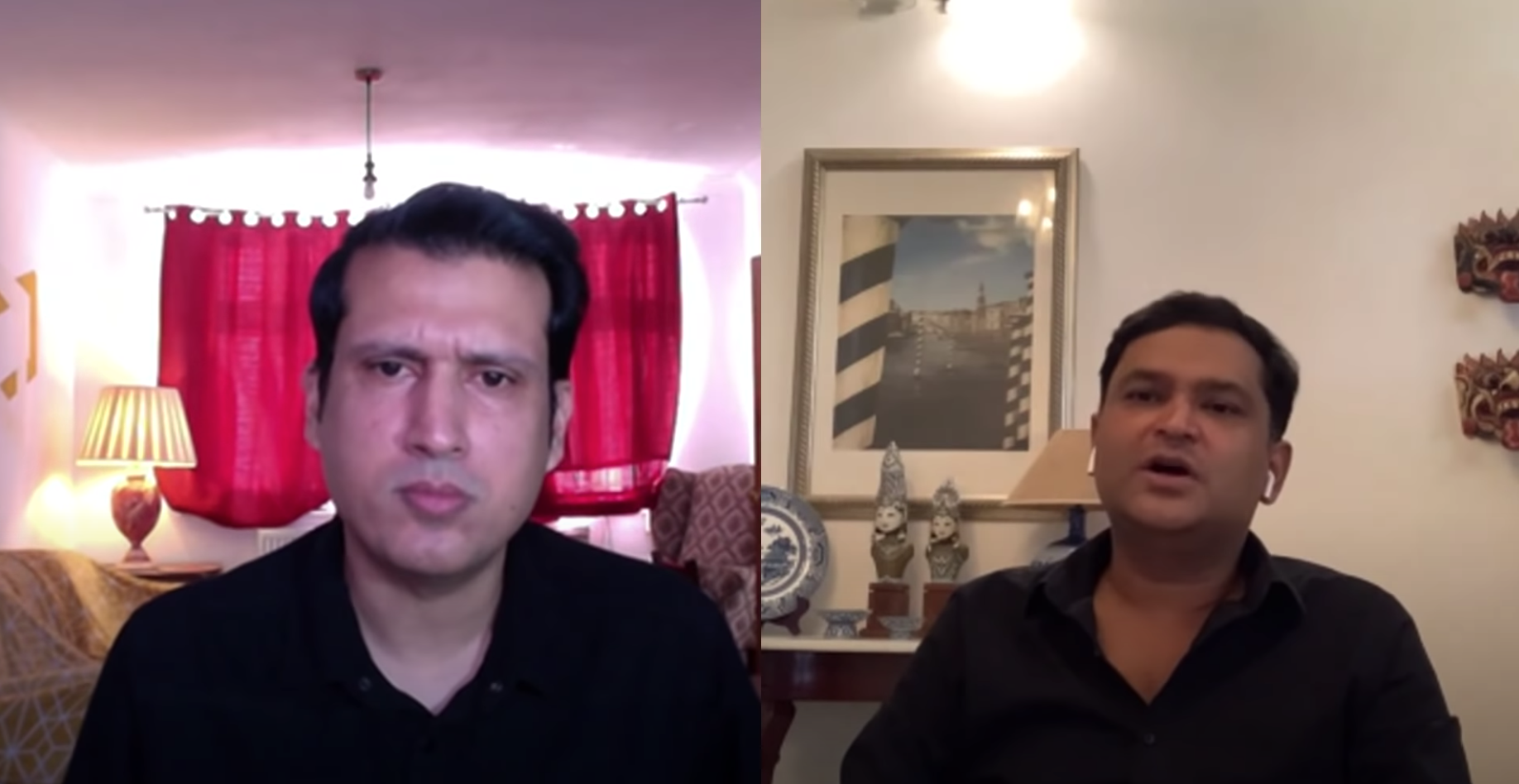
Faisal believes producers’ focus on loudness and personal jabs is all about boosting the television rating point (TRP). “One Indian current affairs programme anchor told me that doing a programme on war with Pakistan gets good TRP, but having a Pakistani guest on the programme further boosts the TRP.”
Faisal himself is quite loud, sometimes touching the screaming threshold, when he appears on the shows. However, he blames this on the anchors, claiming: “Indian programme sound controllers deliberately keep the volume down and as a result we have to speak louder and on TV it seems we are shouting or screaming. I have even complained about this technical issue during programmes.”
Driven by their treatment on Indian media, many journalists and talk show hosts in Pakistan have turned to YouTube, starting their own channels and, after gaining a big following, are able to monetise their channels. A senior journalist, who asked not to be named, says: “You seriously think that they are able to defend Pakistan and put across Pakistan narrative by appearing on Indian talk shows? They hardly get the time to speak and one can hardly hear them in all the cross-talk.” He says it’s all about the money; one doesn’t have to be a rocket scientist to notice that there has been a considerable surge in subscribers to these channels.
Kazmi, meanwhile, has no qualms with running his own YouTube channel, where he invites different Indian guests, including Republic TV show host Arya. He says: “I am a journalist and not attached to any media house at present. I decided to use this platform to have in-depth and meaningful discussions with Pakistani and Indian journalists and analysts. What is wrong with that?”
For now, it seems the televised standoffs between Indian and Pakistani journalists will continue, but whether viewers ever see more than one side is a debate that still rages.
Join our commenting forum
Join thought-provoking conversations, follow other Independent readers and see their replies
Comments